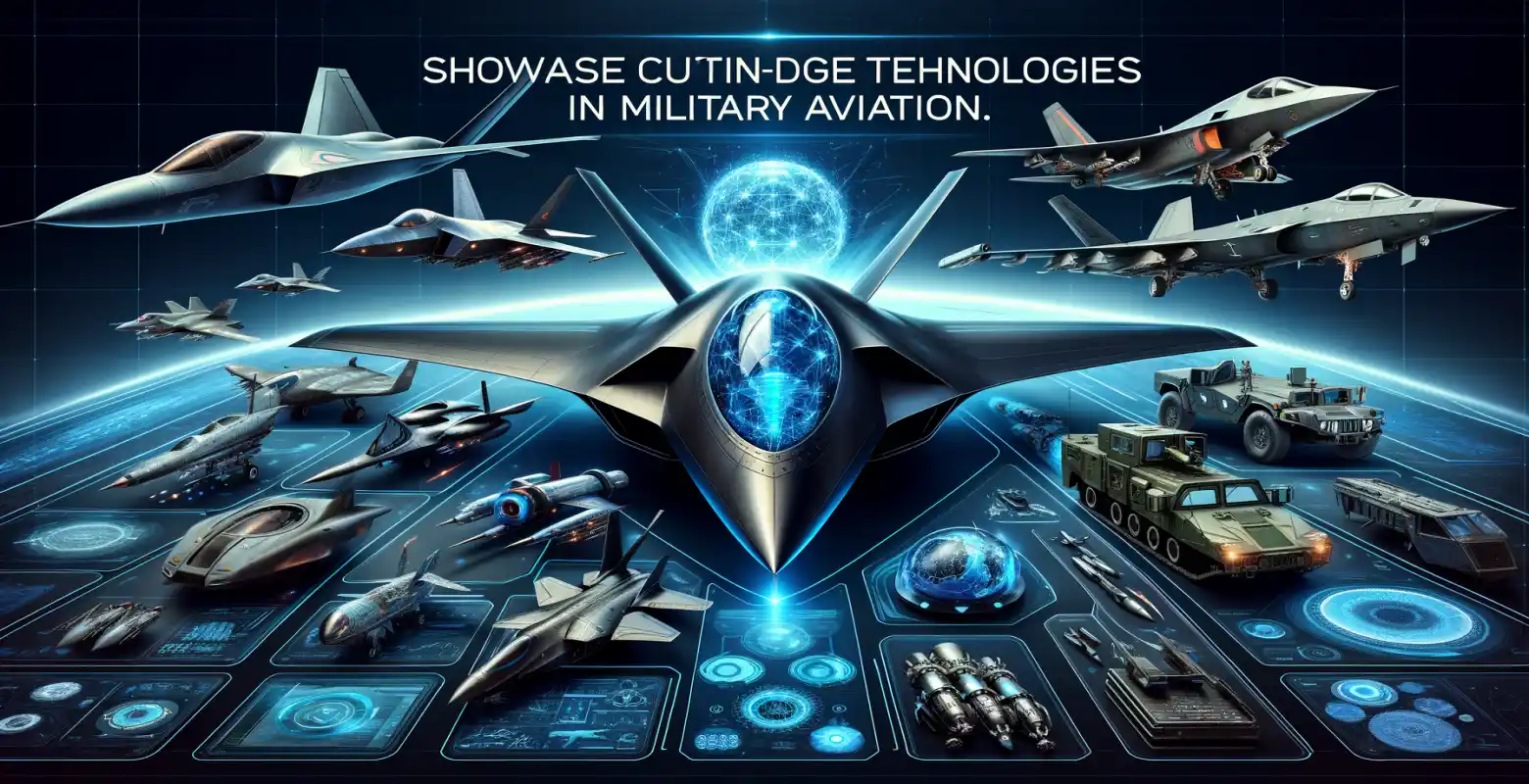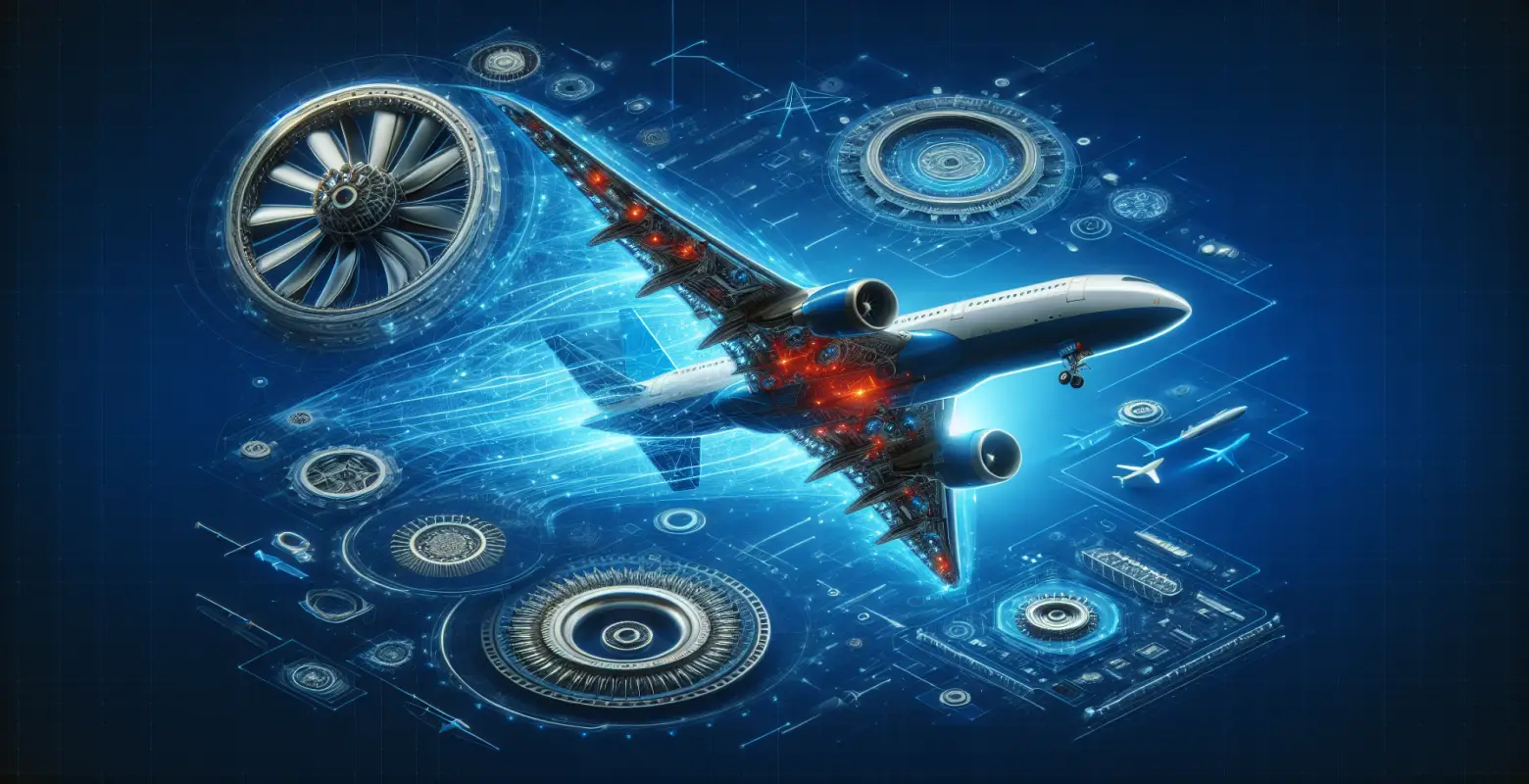Latest technologies in military aviation
Introduction
Military aviation has always played a crucial role in ensuring national and international security. As technologies advance rapidly, modern air forces must constantly adapt to changing conditions and leverage the latest technological advancements to maintain military superiority. In this article, we will explore the latest technologies in military aviation, their significance, the benefits they bring, and the challenges that must be overcome to effectively implement them.
New Materials and Constructions
One of the key areas that has seen significant progress is in new materials and construction technologies. Modern military aircraft must not only be fast and agile, but also resilient to various forms of attacks. The introduction of new composite materials, such as carbon fibers and ceramics, allows for the construction of lighter yet more durable airframes. This enables aircraft to achieve higher speeds and maneuverability, as well as better withstand combat damage.
An example of the application of these materials is the F-35 fighter jet, which utilizes modern composites to reduce weight and increase stealth capabilities, meaning the ability to avoid detection by radars. This allows these aircraft to operate in more dangerous zones without risking easy detection by the enemy.
Stealth Technologies
Stealth technologies are an integral part of modern military aviation. Their aim is to minimize aircraft detectability by radar systems, providing a significant strategic advantage. Aircraft such as the B-2 Spirit and the aforementioned F-35 are designed to scatter radar waves, making their localization more difficult.
In addition to the aerodynamic shape of the airframe, optimized for reflecting radar waves, special absorptive coatings are also used. However, stealth technologies are not limited to radar – they also encompass the reduction of infrared and acoustic emissions, making these aircraft even more challenging to detect and neutralize.
Unmanned Systems (Drones)
Unmanned aerial vehicles, commonly known as drones, are becoming an increasingly integral part of modern air forces. They allow for reconnaissance and combat missions without risking the lives of pilots. Drones, such as the MQ-9 Reaper, can be equipped with various sensors and armaments, making them versatile tools in the military arsenal.
One of the latest innovations is the concept of drone swarms, which can collaborate with each other to conduct coordinated attacks or reconnaissance missions. Thanks to advanced artificial intelligence algorithms, drones can autonomously make real-time decisions, increasing their effectiveness and autonomy.
Advanced Avionics and Communication Systems
Modern military aircraft are equipped with advanced avionics systems, which include navigation, communication, and flight management systems. One of the key elements of contemporary avionics is the use of network-centric systems, enabling real-time information exchange between different military units.
These systems allow for better coordination of actions, which is essential in complex military operations. As a result, pilots can receive the latest intelligence data and threat information, enabling faster decision-making and more effective mission execution.
Hypersonic Weapons
Hypersonic weapons are one of the latest trends in military technology. Hypersonic missiles can travel at speeds exceeding five times the speed of sound, making them exceptionally challenging to intercept by existing defense systems.
Countries such as Russia, China, and the United States are conducting intensive research and tests to develop this technology. Hypersonic weapons can be used for both ground targets and the elimination of enemy aircraft, making them extremely versatile tools in the military arsenal.
Next-Generation Jet Engines
Jet engines are the heart of every military jet aircraft. New jet engine technologies focus on increasing their efficiency, reducing fuel consumption, and enhancing reliability. Research on adaptive engines, which can adjust their operating parameters to different flight conditions, is one of the development directions.
Innovations in materials, such as high-strength metal alloys, and the use of advanced cooling technologies, enable the development of higher speeds and increased operational range for aircraft. Modern engines are also designed with the minimization of thermal and acoustic emissions in mind, which is crucial for maintaining stealth capabilities.
Challenges and the Future of Aviation Technologies
Despite impressive advancements, the implementation of new technologies in military aviation faces numerous challenges. Research and production costs are often very high, requiring significant investments from governments and the defense industry. Additionally, the rapid pace of technological development necessitates constant updates and modernizations of existing systems.
Another significant challenge is the integration of new technologies with existing systems and ensuring their interoperability. As technologies become increasingly complex, there is also a growing need for training and developing the skills of military personnel to effectively utilize them.
Despite these challenges, the future of aviation technologies in the military looks promising. The development of artificial intelligence, increased automation of processes, and further advancements in materials and propulsion will shape the future battlefield, and air forces that can best adapt these technologies will gain a significant advantage.
Summary
Modern technologies in military aviation play a key role in ensuring security and strategic advantage on the contemporary battlefield. From advanced materials and stealth technologies to unmanned systems, hypersonic weapons, and modern engines – each of these innovations contributes to enhancing the efficiency and combat capabilities of air forces.
Despite challenges related to costs and technology integration, the future looks bright thanks to continuous development and adaptation of new solutions. For readers interested in this topic, it is worth following further progress in this field and understanding the implications for global security and the balance of power in the world.






Number of comments: 0